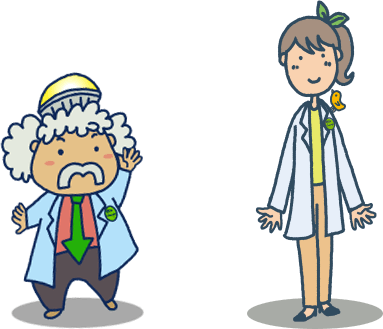SUSTIE: A test facility for ZEB technologies



-
So, can you tell us exactly what ZEB means?

-
ZEB stands for "net Zero Energy Building." In other words, a ZEB building consumes zero net energy over the course of a year.

-
But buildings have lights and elevators and other things that need electricity to work. How can you have a building with zero net energy consumption?

-
Well, of course they use electricity, but we reduce energy consumption as much as possible. We also produce energy—in other words, we generate electricity within the building. So, we say our net energy consumption is zero if the amount of electricity we use is less than the electricity we generate.

-
And that’s why such a building is called a ZEB.

-
Exactly. Our facility is called SUSTIE, after the words "Sustainablity" and "Energy." It was built as a top-level testing platform to develop ZEB technologies. Energy saving technologies and techniques are used throughout the building, and it also produces electricity using solar panels. SUSTIE manages to produce enough energy to cover all its needs.

-
That’s amazing! But what about the employees? If energy savings are being implemented, they must have to work under dim lights and put up with cold rooms in the winter. I know we are trying to protect the environment, but that seems really tough.

-
No, no. SUSTIE is a very comfortable building to work in. Everything is adjusted so that the lighting, the heating, and cooling systems are controlled to be just right for people in the building, and biophilic walls can be found in areas around the building that are both bright and cozy. Employees can also freely choose where they want to work each day depending on how they feel.

-
So, you have reduced net energy consumption to zero, and made the building comfortable to work in? That’s amazing!

-
I think so, too. At SUSTIE, we collect a variety of data through our daily operations, and regularly conduct new experiments. We are also using AI to help create more comfortable indoor environments.

-
Wow, I’d love to visit.

-
SUSTIE can be found at Mitsubishi Electric’s Information Technology R&D Center in the city of Kamakura, and we also consider our workers' health. Employees can enjoy healthy food from the cafeteria, and there’s even a gym they can use. It really is the future of office buildings.

-
I want to work at SUSTIE too! I can’t wait for office buildings around the world to adopt the technologies and ideas developed there!

-
That’s our goal. To make every building a Zero Energy Building.

-
I’m looking forward to it.
Creating and saving energy & building comfortable work environments
ZEBs are buildings that offer comfortable indoor environments while maintaining annual primary energy consumption at or near zero through means such as thermal insulation, solar radiation shielding, natural energy usage and facility efficiency.
As a ZEB Planner*1, Mitsubishi Electric is contributing to the adoption of ZEBs by providing planning and business support to help companies develop their own ZEBs. The SUSTIE test facility will be used for wide-ranging demonstrations and verifications to accelerate the further development of ZEB technologies. Research and development will be advanced in accordance with Mitsubishi Electric's ZEB+*2 philosophy.
The concept for SUSTIE was developed in collaboration with Professor Shin-ichi Tanabe of Faculty of Science and Engineering at Waseda University in Tokyo; the SUSTIE was designed and construction supervised by Mitsubishi Jisho Sekkei. The name "SUSTIE" combines the words "sustainability" and "energy" to express the idea of an office for researching and demonstrating energy conservation and comfort.
※1 System operated by Sustainable Open Innovation Initiative, a public body in Japan, to register and certify corporations that support ZEB implementation.
※2 Mitsubishi Electric's concept for enhancing building functionality, including services for maintaining value in terms of productivity, comfort, convenience and business continuity throughout a building's lifecycle.
| Location | 5-1-1 Ofuna, Kamakura, Kanagawa Prefecture, Japan (premises of Information Technology R&D Center, Mitsubishi Electric Corporation) |
|---|---|
| Area/construction | Building: approx.1,950㎡; Total floor space: approx.6,460㎡; 4-story steel-framed |
| Energy performance | World-leading BEI*3 primary energy consumption evaluation index of -0.06 as midsized office building of at least 6,000㎡ |
※3 Ratio of primary energy consumption at time of design compared to standard primary energy consumption. BEI:-0.06 means 106% reduction in primary energy consumption.

